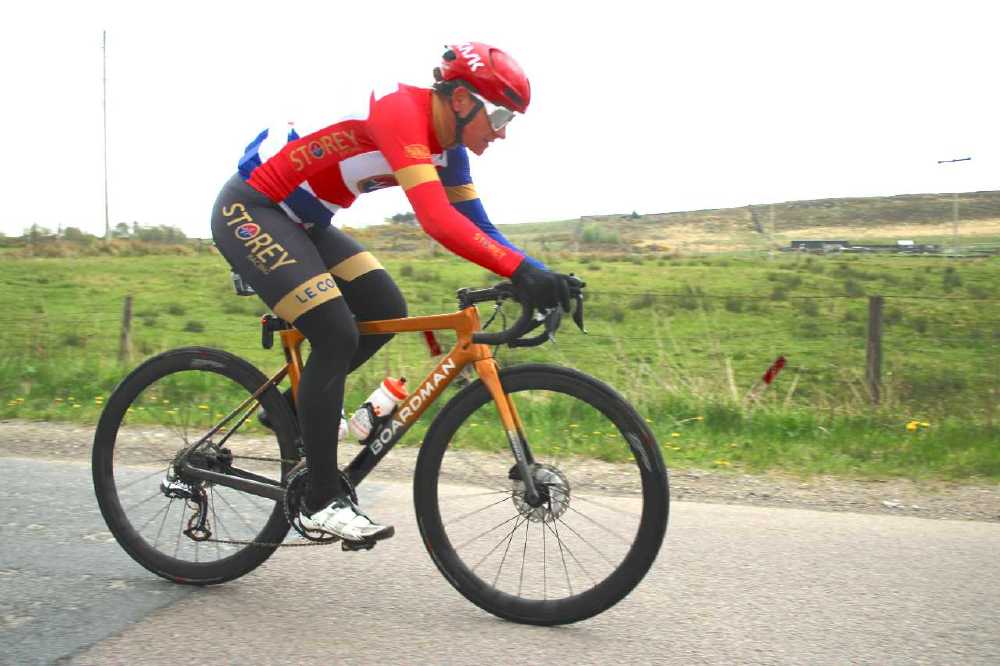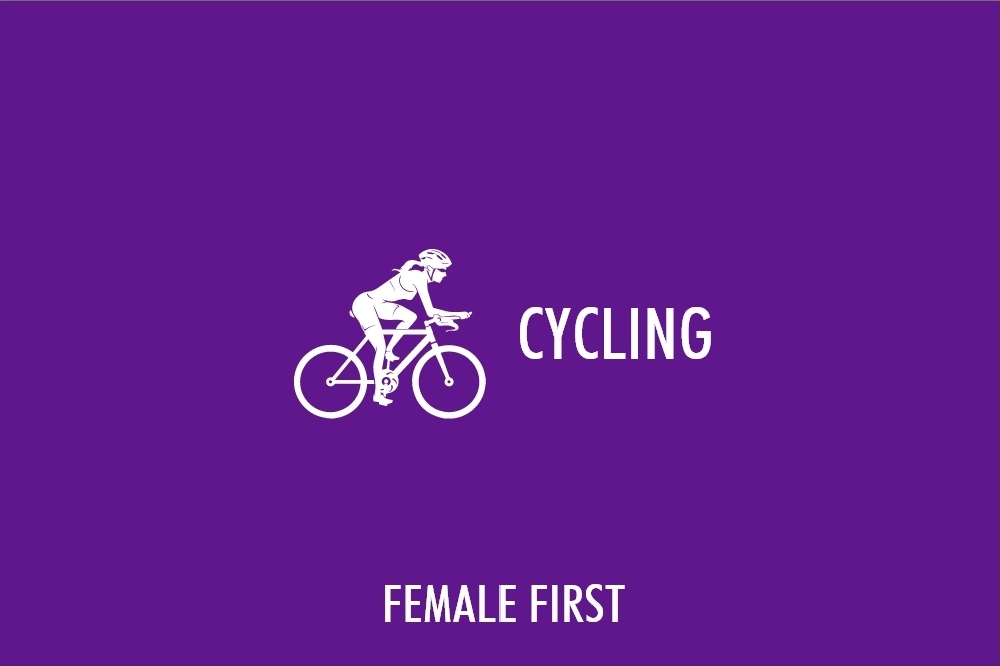By Lucy Roberts
29-time World Champion and multiple Paralympic medal winner Dame Sarah Storey started her career out as a swimmer but more recently she’s known as a highly successful cyclist.

Dame Sarah Storey
Although she’s been cycling for years, a recent study has found that almost half of women in the UK are put off by cycling due to factors such as the danger of the road and personal safety.
Dame Storey wants to encourage women to get out on the roads on a bike and do to that she’s calling for road layouts to be changed, giving more room to cyclists and not having to share their space with pedestrians.
She spoke to Female First about what she thinks needs to be done to improve the cycling experience on UK roads, explained what her initiative She Can Ride is about and revealed her tips to women who want to get into cycling.
Q) How concerned should we be about the recent finding that almost half of UK women would like to take up cycling but are concerned about factors such as personal safety and dangers on the road?
A) It’s very concerning and a symptom of having prioritised motor vehicles on our roads for over half a century. During lockdown 1 in 2020, when vehicle traffic dropped to levels not seen since the 1960’s, people were back out on bikes.
Q) What is the main barrier holding women back from cycling?
A) Too many motor vehicles but also too many being driven at excessive speed for the surroundings. There’s also a lack of trust in the people driving due to the ease with which people become distracted by their phone or vehicle screen.
Q) What more needs to be done to improve the cycling experience on UK roads and routes?
An education campaign for everyone driving about the danger the vehicle is when not driven with utmost care. It’s vital all drivers acknowledge how easily they could kill or seriously injure another person. A vehicle is a potential weapon. It’s also vital that councils deploy the funding from government to build better infrastructure to enable segregation between vehicles and people cycling. Cycles should never be mixed with pedestrians and road space needs to be more evenly divided as in the past half century or more it’s very much been focused on giving as much space as possible to motor vehicles and as a result too many people default to driving every journey. This adds to congestion and other road users feeling unsafe.
Q) Do you think there needs to be more education at a younger level about bike safety or more respect shown and taught by those learning to drive?
A) Driving is the only mode of transport where the vehicle operator is not required to undergo any training after passing an initial test. It’s vital we ensure drivers can refresh their understanding of the Highway Code and how to interact safely with other road users. For many drivers the roads are far busier and the vehicles far bigger and more powerful than when they took that initial test. This approach wouldn’t be allowed for the drivers/pilots of other modes. Operator safety and competence is the key to safer roads.
Q) You've recently launched the She Can Ride campaign with Bott and Co, so could you explain a bit about what the initiative is and what you hope to achieve?
A) Cycling is statistically a very safe way to travel but many people struggle with their confidence and the perceived dangers. The She Can Ride campaign aims to create a network of women who will support each other in gaining that confidence, finding new routes and enable the love of cycling to flourish again. By doing this we’ll enable better health and well-being for more people in a way that’s also good for our environment.
Q) And what tips do you have for women who want to get into cycling?
Visit your local bike shop to get sized on a bike or find out how to rent one. Then get involved with the She Can Ride campaign to find like-minded women to get out and enjoy the fresh air with.
RELATED: Red Bull Art of Motion: See Noa Diorgina and Lilou Ruel showing off their big tricks & daring jumps

Tagged in Cycling

